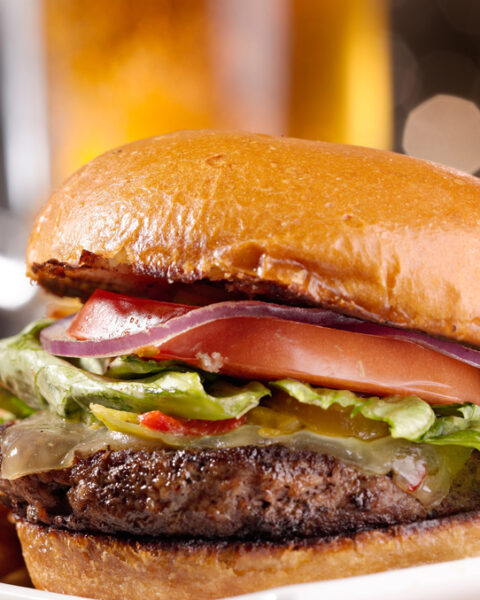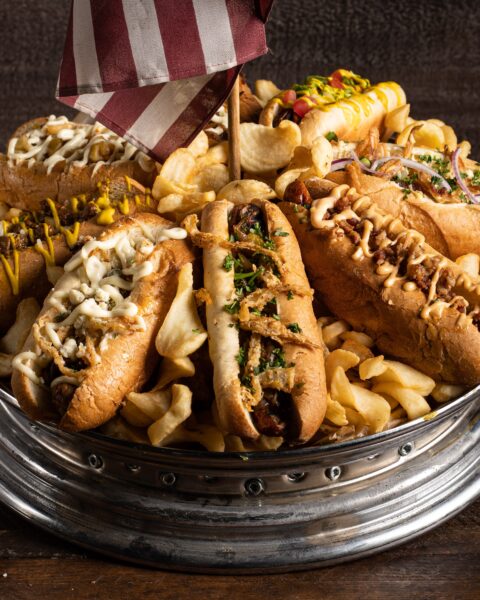Have you ever found yourself tossing out food and wishing you could make it last longer? Well, guess what? There are tons of foods you probably didn’t know you could freeze, and it can really save you time and money. Let’s dive into a list of 25 surprising foods that freeze beautifully, making your life a whole lot easier. You’ll wonder why you haven’t been doing this all along!
Contents
- 1 Avocados
- 2 Cheese
- 3 Eggs
- 4 Fresh Herbs
- 5 Milk
- 6 Nuts
- 7 Butter
- 8 Bread
- 9 Cooked Pasta
- 10 Hummus
- 11 Tomato Paste
- 12 Wine
- 13 Yogurt
- 14 Garlic
- 15 Onions
- 16 Bananas
- 17 Mashed Potatoes
- 18 Pancakes
- 19 Rice
- 20 Tofu
- 21 Grapes
- 22 Spinach
- 23 Zucchini
- 24 Chocolate
- 25 Coffee
- 26 More From RetailShout
- 27 15 Top Melting Cheeses Recommended by a Chef
- 28 13 Costco Bakery Treats That Are Surprisingly Unhealthy
Avocados
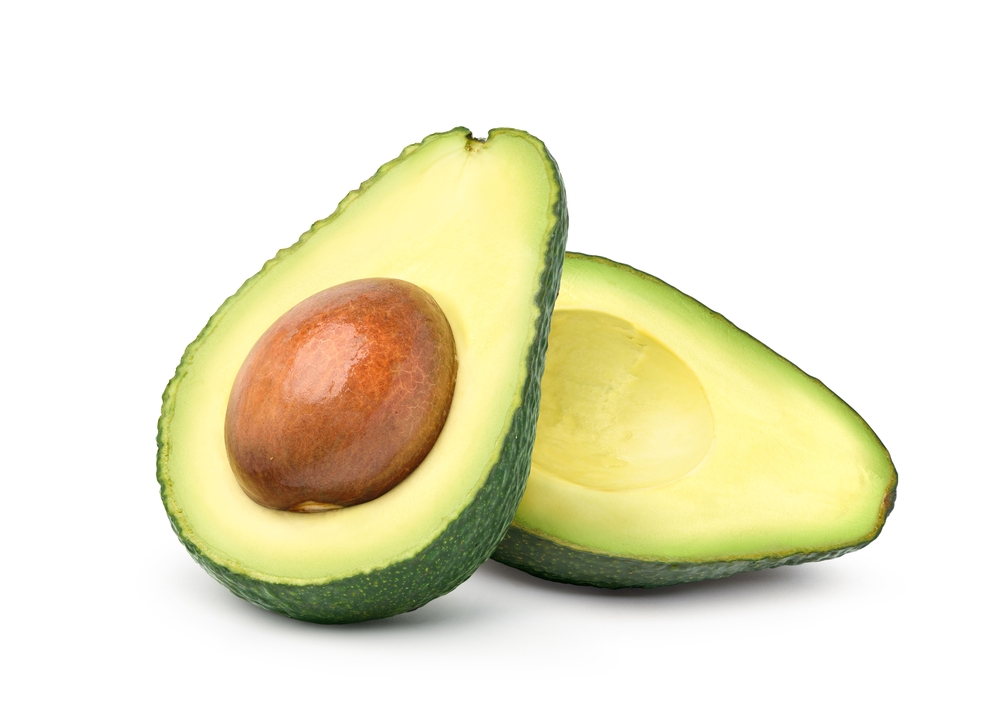
Avocados can be frozen either whole or as a puree. To freeze whole avocados, wash and dry them thoroughly before placing them in a freezer bag. For avocado puree, mash the flesh with a bit of lemon juice to prevent browning, then store it in an airtight container. Frozen avocados are great for guacamole, smoothies, or spreads. Thaw them in the refrigerator before use to retain the best texture. Remember that frozen avocados might become slightly mushy, but they retain their flavor well.
Cheese
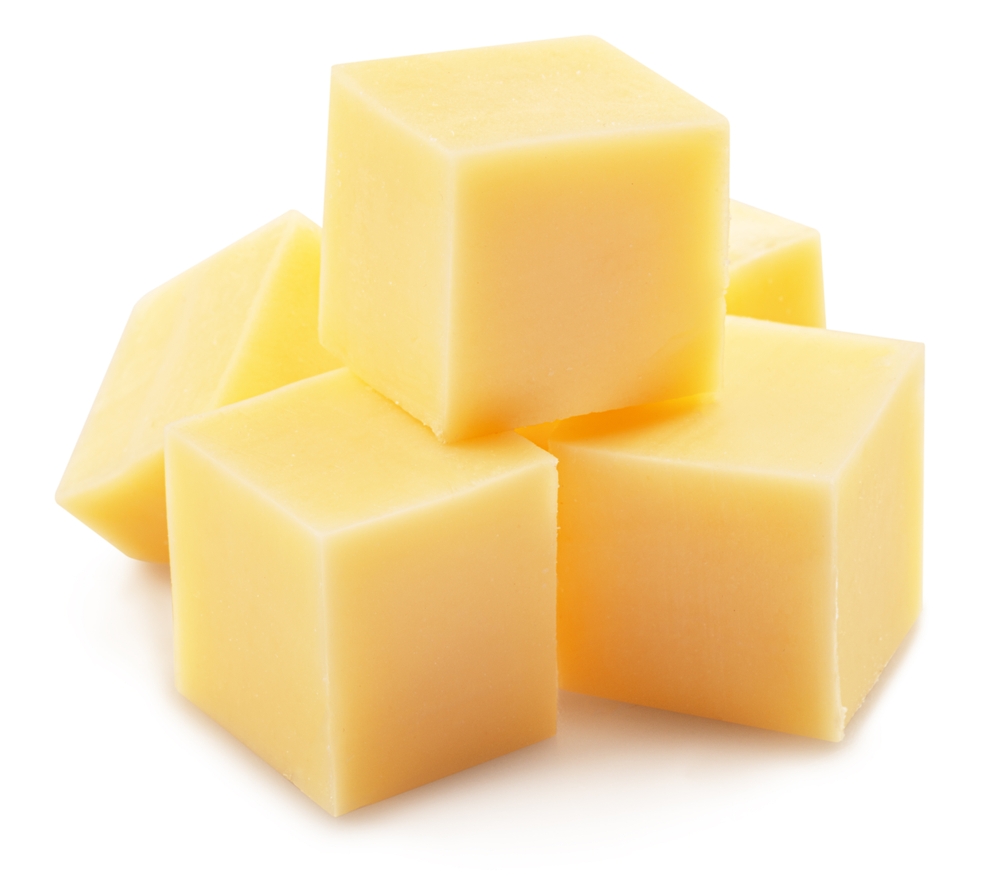
Cheeses, especially hard varieties like cheddar and mozzarella, freeze exceptionally well. Cut the cheese into blocks or shred it before freezing for easier portioning later. Wrap the cheese tightly in plastic wrap or aluminum foil to prevent freezer burn. Thawed cheese might be crumbly, making it best suited for cooking rather than eating raw. Use frozen cheese in casseroles, pizzas, or soups for optimal results. Avoid freezing soft cheeses as they can lose their creamy texture.
Eggs
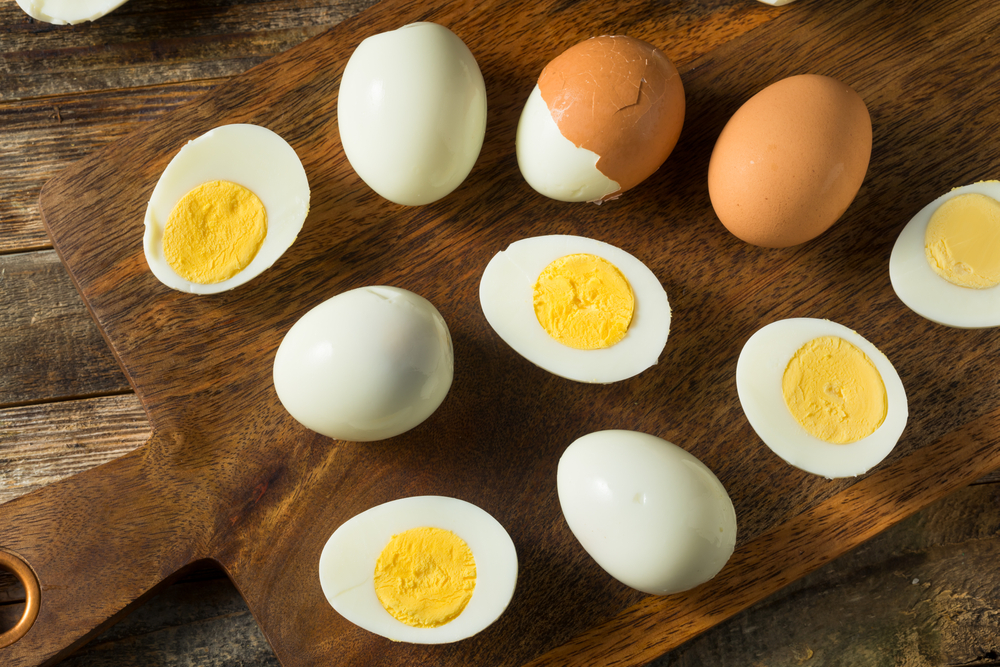
Eggs can be frozen, but they must be out of their shells first. Crack eggs into a bowl, beat until blended, and pour them into a freezer-safe container or ice cube tray. You can also freeze just the whites or yolks separately. Add a pinch of salt or sugar to yolks to prevent them from becoming gelatinous. Thaw eggs in the refrigerator before using them in baking or cooking. This method ensures you always have eggs on hand for recipes.
Fresh Herbs
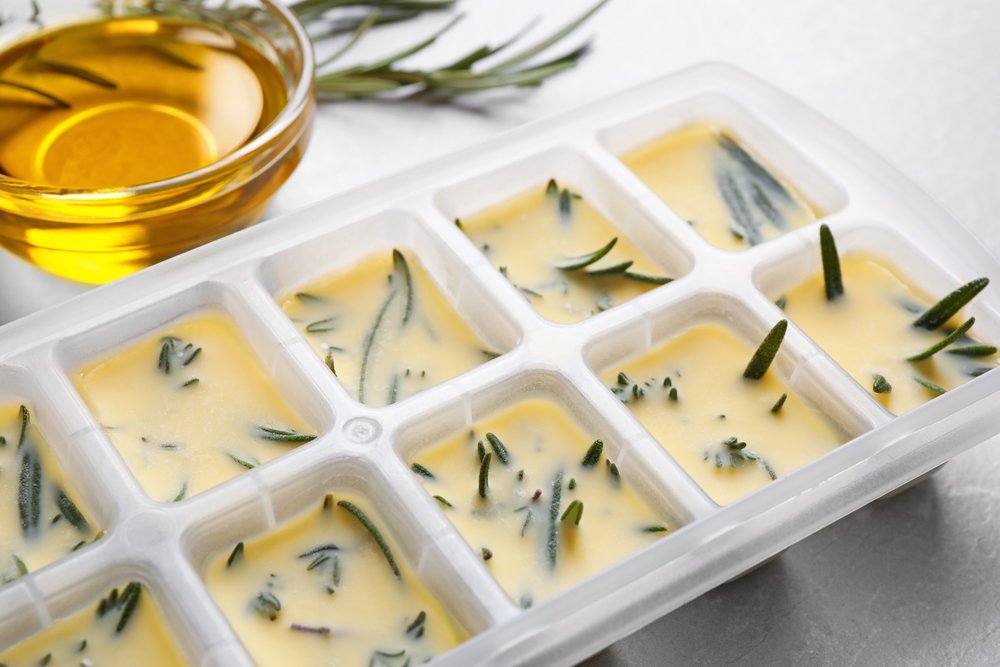
Herbs can be preserved by freezing them in olive oil or water. Chop the herbs and place them in ice cube trays, covering them with oil or water before freezing. This method locks in the flavor and makes it easy to add to soups, stews, and sauces. Frozen herbs retain more flavor than dried ones. Use the cubes directly in your dishes without thawing. Popular herbs to freeze include basil, parsley, cilantro, and thyme.
Milk
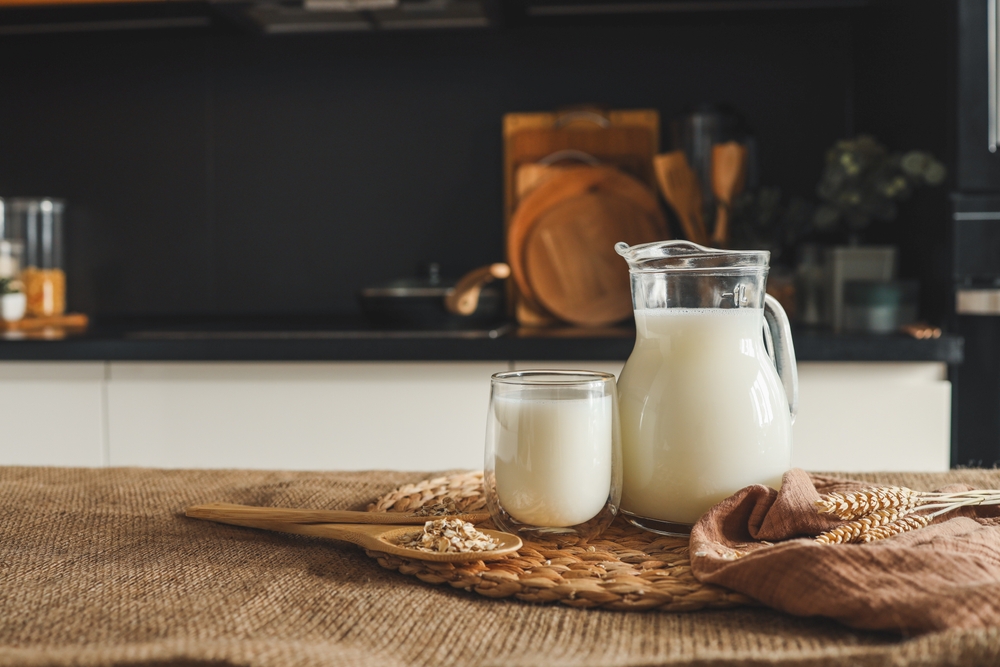
Milk can be frozen to extend its shelf life. Pour some milk out of the container to allow for expansion before freezing. Thaw it in the refrigerator and shake well before use, as the fat can separate. Frozen milk is best used in cooking, baking, or smoothies. It might not be ideal for drinking straight due to slight changes in texture. This is a great way to prevent milk from going to waste.
Nuts
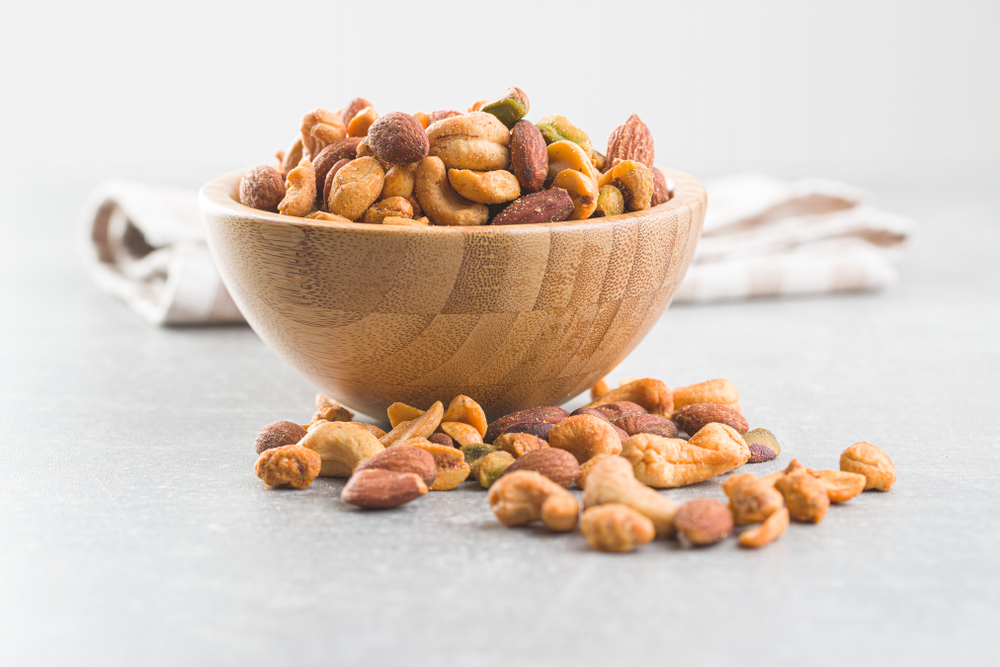
Nuts can become rancid if stored at room temperature for too long due to their high oil content. Freezing nuts helps preserve their freshness and prevent spoilage. Store nuts in airtight containers or freezer bags to keep them fresh. Thaw nuts at room temperature or use them straight from the freezer in recipes. This method works well for almonds, walnuts, pecans, and other nuts. It also helps keep nuts’ nutritional value intact.
Butter
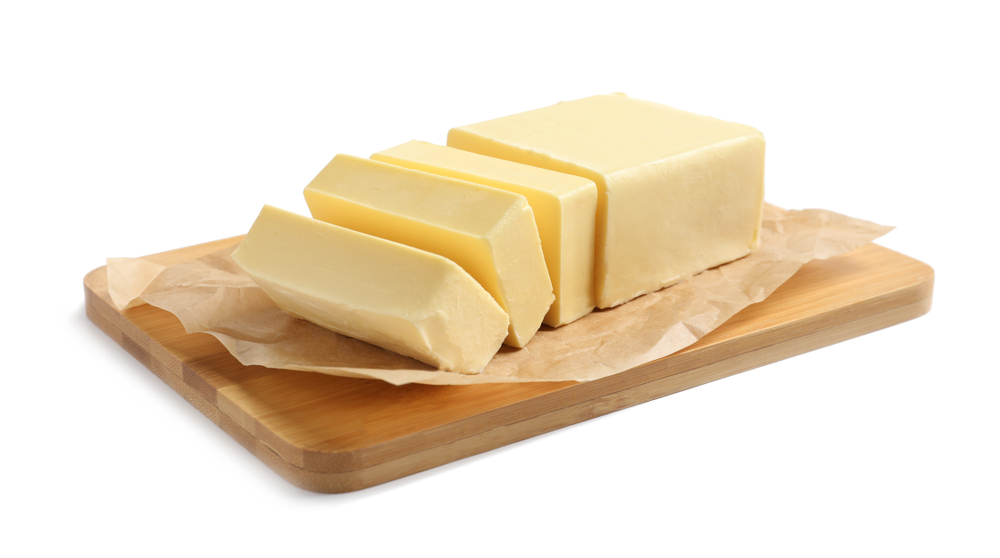
Butter freezes well and can be stored for up to six months. Simply place the butter in its original packaging inside a freezer bag. Thaw butter in the refrigerator before using it in baking or cooking. This method prevents butter from absorbing other odors in the freezer. It’s an excellent way to buy butter in bulk and save for later use. Frozen butter retains its texture and flavor perfectly.
Bread
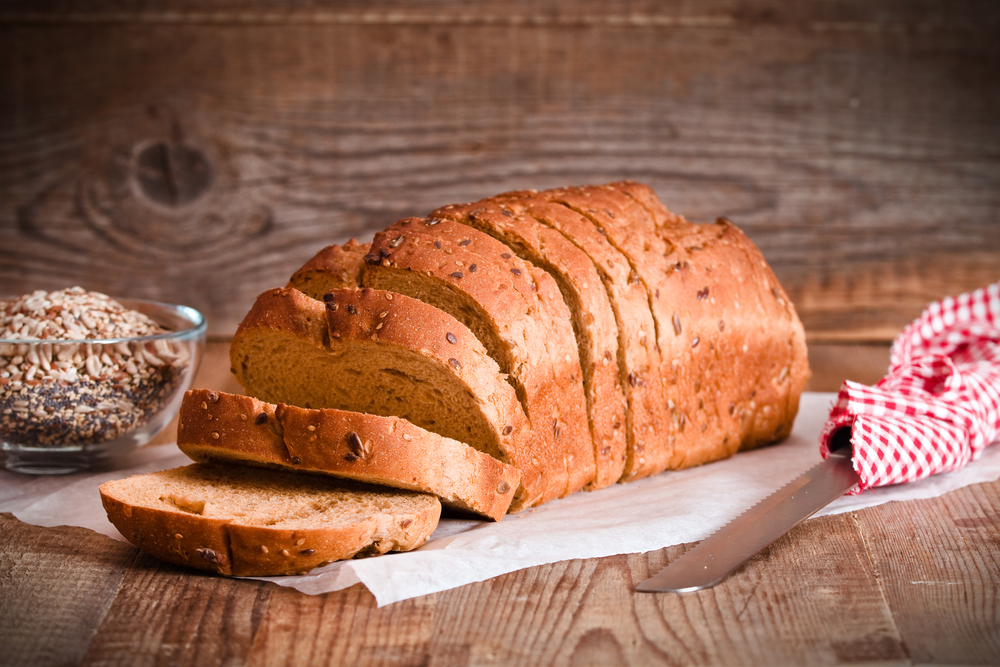
Bread can be frozen to extend its freshness. Wrap the loaf tightly in plastic wrap or aluminum foil, then place it in a freezer bag. To thaw, leave the bread at room temperature or toast slices directly from the freezer. This is convenient for preventing waste and ensuring you always have bread on hand. Freezing is particularly useful for homemade or bakery bread. It helps retain the bread’s moisture and texture.
Cooked Pasta
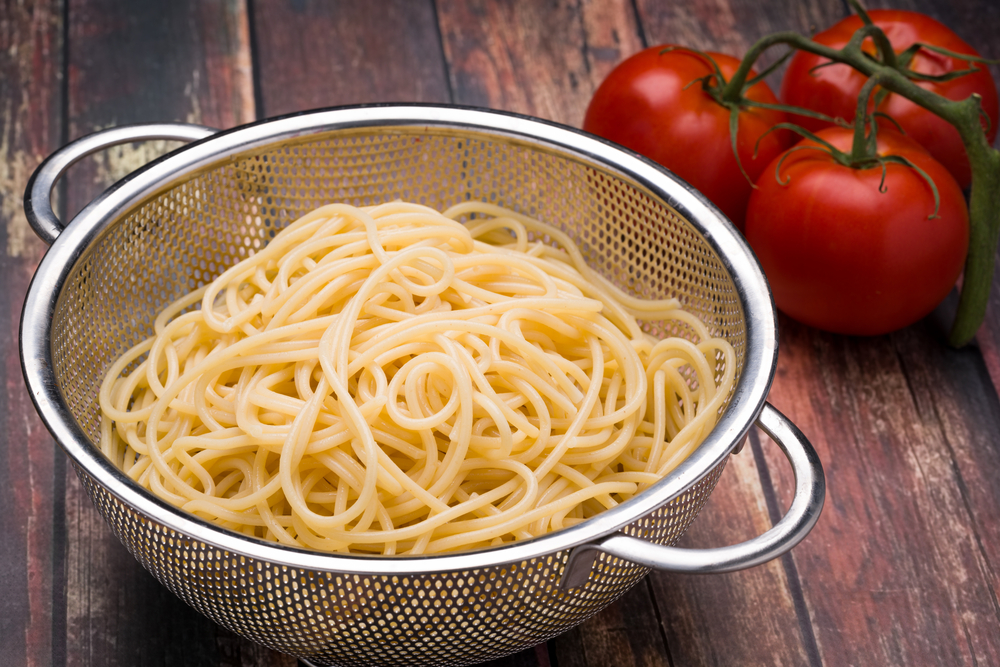
Cooked pasta can be frozen for quick meals. Allow the pasta to cool, then toss it with a bit of oil to prevent sticking. Store in freezer bags or airtight containers. Thaw pasta in the refrigerator or reheat directly in boiling water or a microwave. This is ideal for meal prep and busy weeknights. Freezing cooked pasta maintains its texture and taste. It’s perfect for adding to soups or casseroles.
Hummus
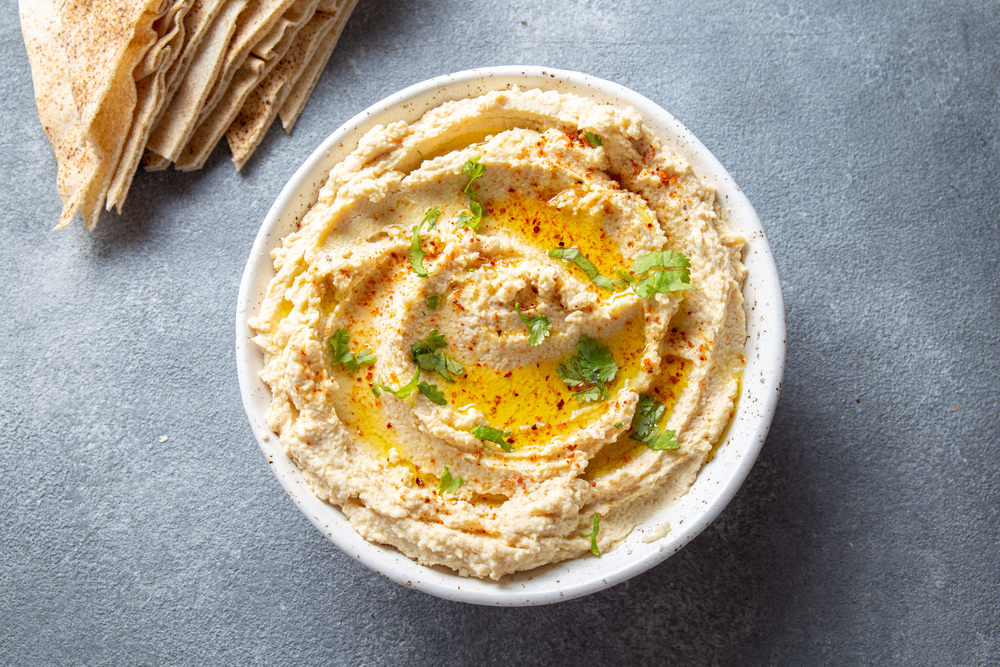
Hummus can be frozen to prolong its shelf life. Portion the hummus into smaller containers, leaving space for expansion. Thaw in the refrigerator and stir well before serving. Freezing may slightly alter the texture, making it a bit grainier. Adding a drizzle of olive oil can help restore its creaminess. Frozen hummus remains flavorful and is convenient for quick snacks or appetizers.
Tomato Paste
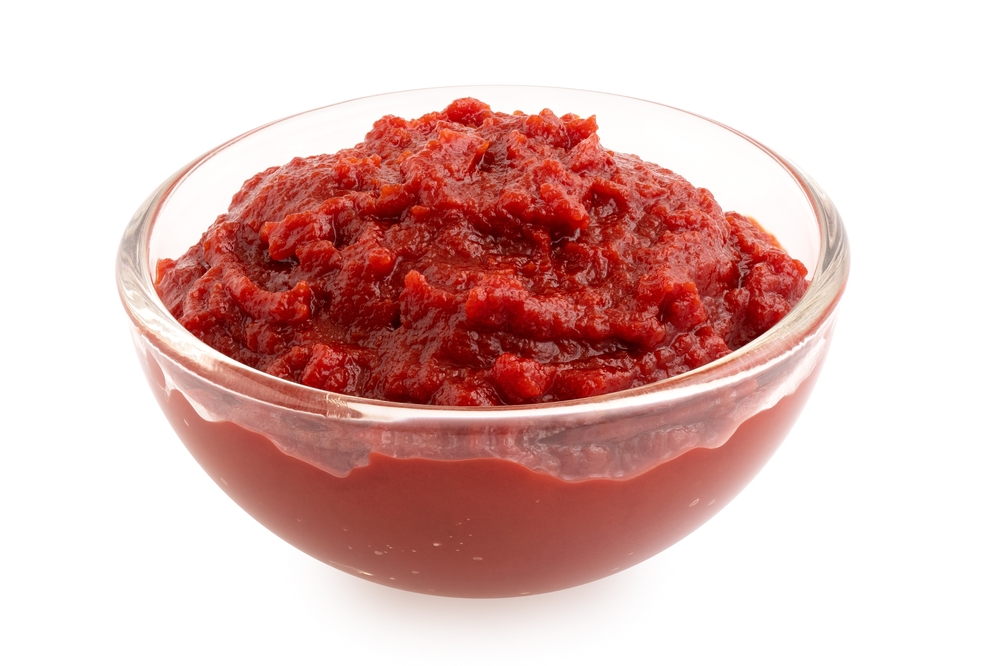
Tomato paste can be frozen in small portions to avoid waste. Spoon the paste into ice cube trays and freeze until solid, then transfer to a freezer bag. This allows you to use just the amount needed for recipes. Thawed tomato paste retains its rich flavor and is perfect for soups, sauces, and stews. This method is economical and reduces waste. It also ensures you always have tomato paste on hand.
Wine

Leftover wine can be frozen in ice cube trays. Once frozen, transfer the cubes to a freezer bag for easy storage. Use these wine cubes in cooking to add depth to sauces, soups, and stews. Freezing wine preserves its flavor, making it a great solution for leftovers. This method also works for preserving wine for sangria or other cocktails. It’s a practical way to ensure wine doesn’t go to waste.
Yogurt
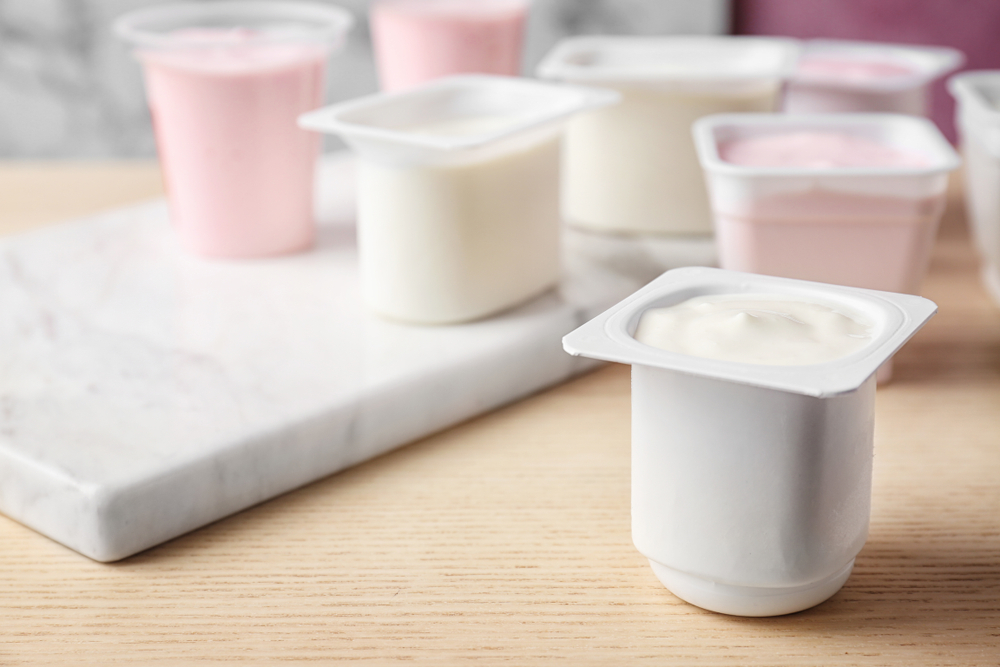
Yogurt can be frozen to extend its shelf life. Portion yogurt into smaller containers or freeze it directly in its original packaging. Thaw in the refrigerator before eating, or enjoy frozen yogurt as a cold treat. Freezing yogurt may change its texture, making it slightly grainier. This is ideal for smoothies and baking. Freezing yogurt also helps preserve its probiotics.
Garlic
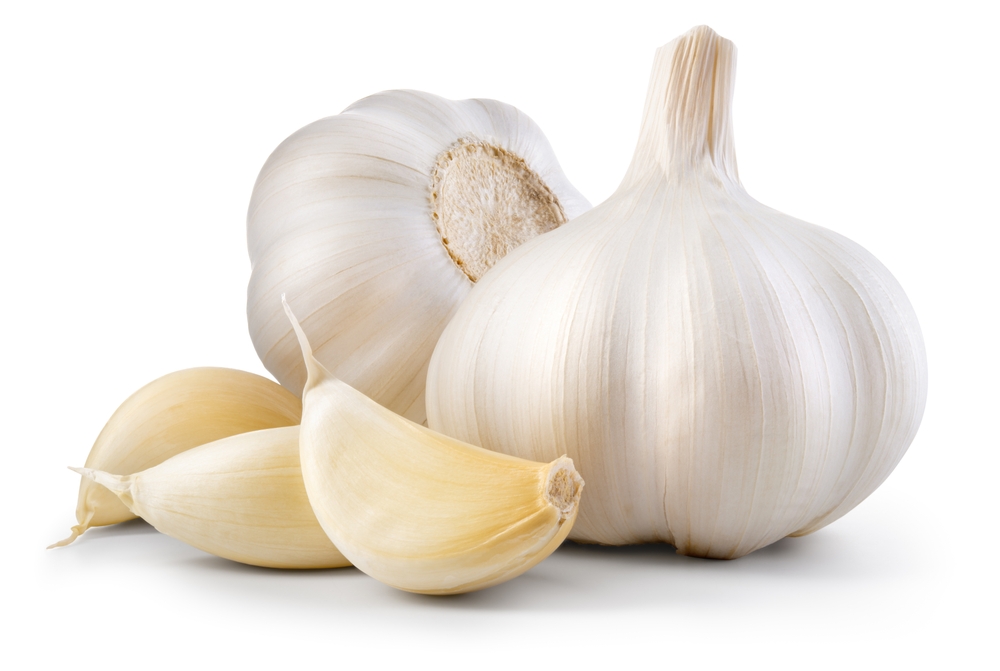
Garlic can be frozen to keep it fresh longer. Peel and chop garlic cloves, then spread them on a baking sheet to freeze individually. Transfer frozen garlic to a freezer bag for easy use. Thawed garlic retains its flavor and is convenient for cooking. This method saves time in meal prep. It also helps avoid waste when you have an abundance of garlic.
Onions

Onions can be chopped and frozen for later use. Spread chopped onions on a baking sheet to freeze individually, then transfer to a freezer bag. This prevents clumping and makes it easy to measure out portions. Use frozen onions directly in cooking without thawing. They retain their flavor and are perfect for soups, stews, and casseroles. This method simplifies meal prep and reduces waste.
Bananas

Bananas can be frozen for smoothies and baking. Peel the bananas and place them in a freezer bag. Thawed bananas are mushy but perfect for banana bread or pancakes. They can also be blended straight from the freezer for smoothies. This method prevents overripe bananas from going to waste. It’s a great way to have bananas on hand for various recipes.
Mashed Potatoes
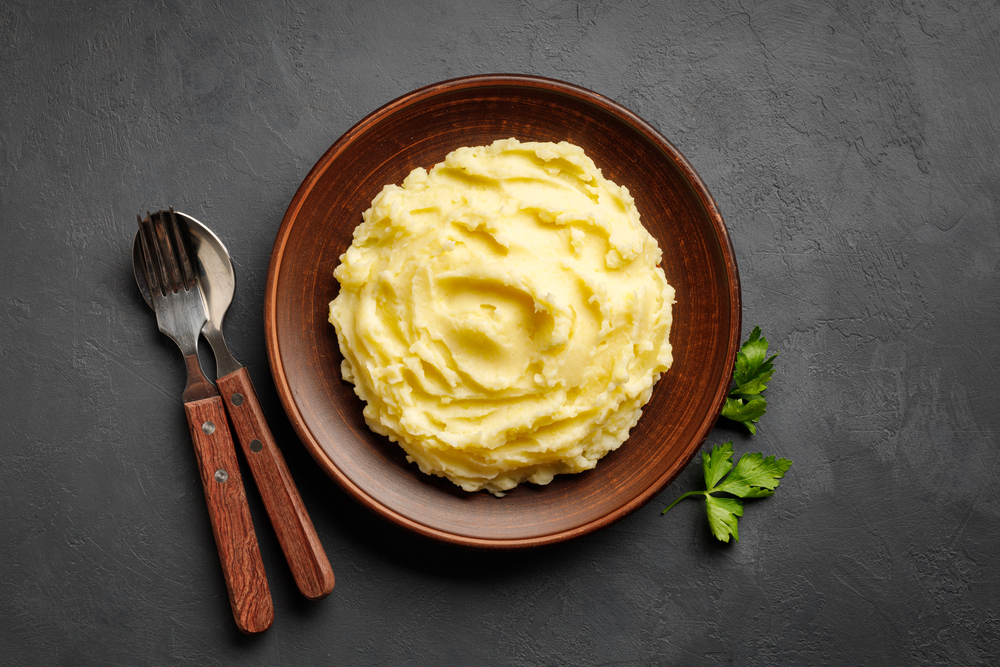
Mashed potatoes can be frozen for future meals. Portion them into freezer-safe containers or bags. Thaw in the refrigerator and reheat in the microwave or on the stovetop. Frozen mashed potatoes may need additional milk or butter to restore their creaminess. This is convenient for quick side dishes. Freezing mashed potatoes helps save time and reduce waste.
Pancakes
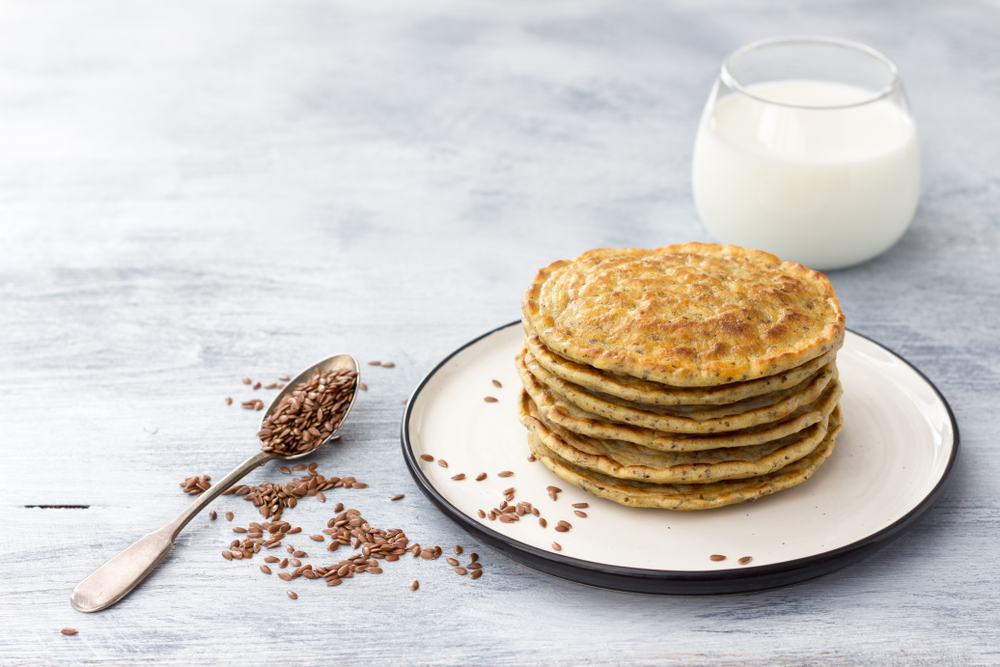
Pancakes can be frozen for easy breakfasts. Cook the pancakes and allow them to cool completely. Stack them with wax paper between each pancake, then store in a freezer bag. Reheat in the toaster or microwave for a quick meal. This method is perfect for busy mornings. It also ensures you always have homemade pancakes ready to eat.
Rice
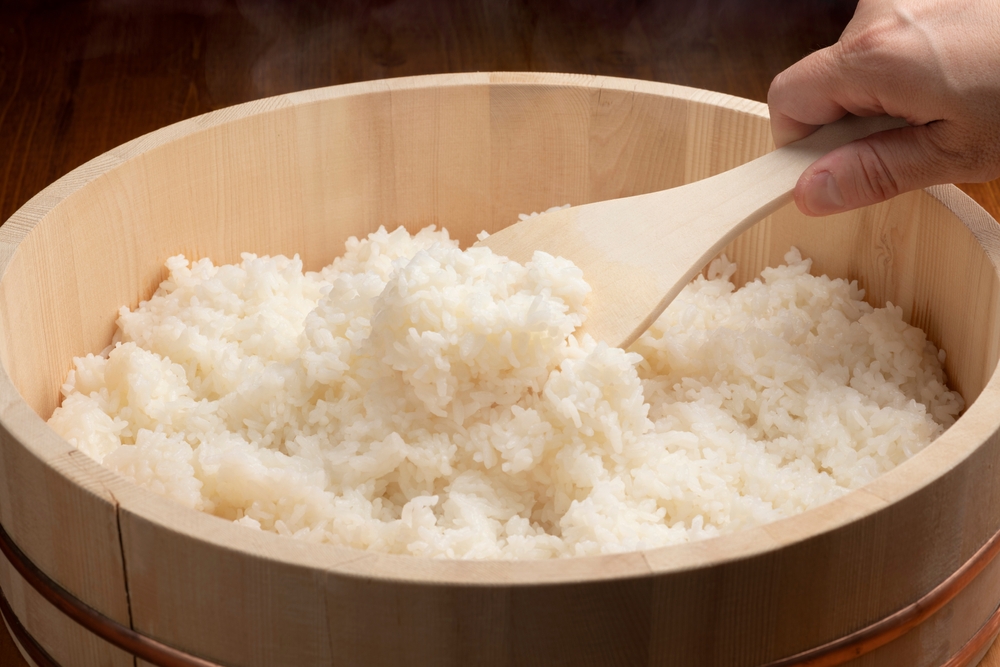
Cooked rice can be frozen for later use. Spread the rice on a baking sheet to cool, then portion into freezer bags. Thaw rice in the refrigerator or reheat directly from the freezer. This is convenient for meal prep and quick dinners. Frozen rice retains its texture well. It’s ideal for stir-fries, soups, and casseroles.
Tofu
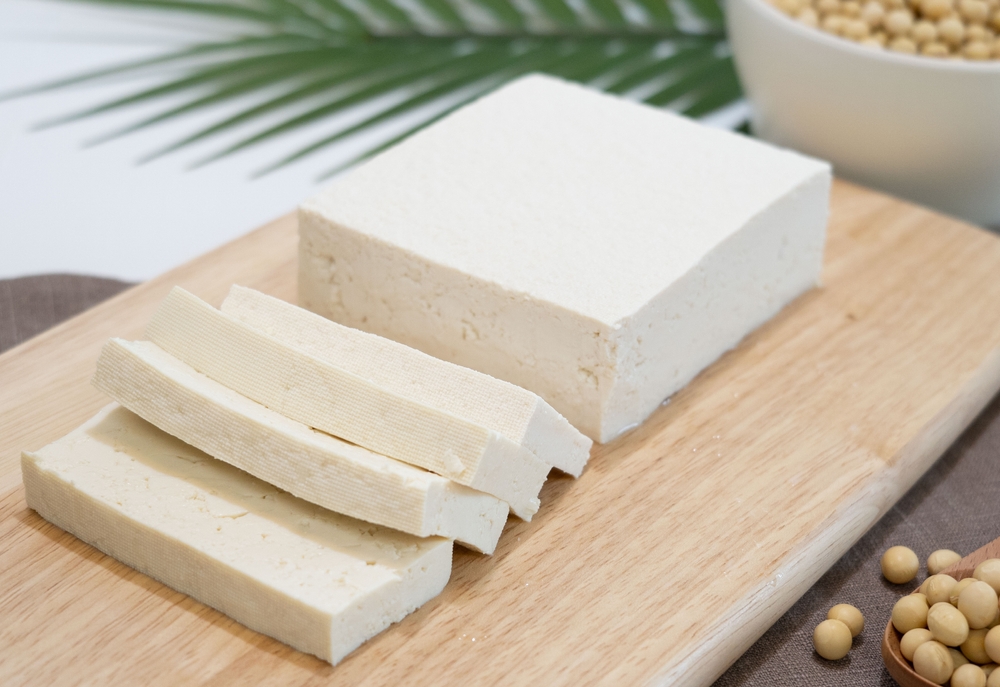
Tofu can be frozen to change its texture, making it firmer and chewier. Drain and press the tofu, then cut it into cubes before freezing. Thaw in the refrigerator and squeeze out any excess water. Frozen tofu absorbs marinades better and is great for stir-fries and grilling. This method extends the shelf life of tofu. It also enhances its texture for various recipes.
Grapes

Grapes can be frozen for a refreshing snack. Wash and dry the grapes, then spread them on a baking sheet to freeze individually. Transfer to a freezer bag for storage. Frozen grapes are great for snacking or adding to drinks as ice cubes. They retain their sweetness and are a healthy treat. This method also helps preserve grapes at their peak ripeness.
Spinach
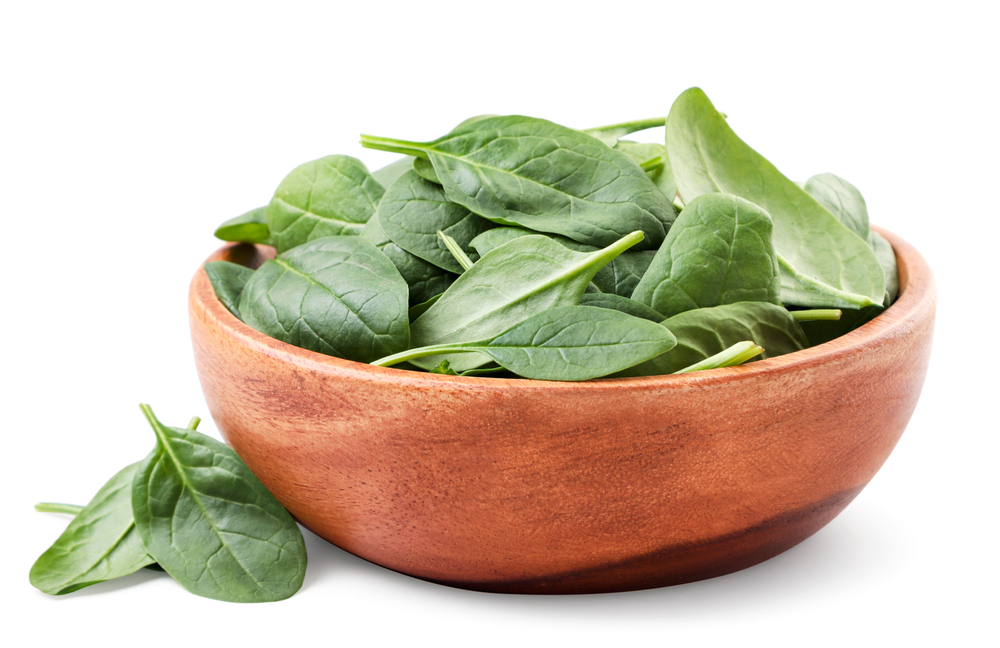
Fresh spinach can be frozen for smoothies and cooking. Blanch the spinach briefly, then plunge it into ice water to stop the cooking process. Drain and squeeze out excess water before freezing in portions. Thaw spinach in the refrigerator or add directly to hot dishes. Frozen spinach retains its nutrients and flavor. It’s ideal for soups, stews, and casseroles.
Zucchini
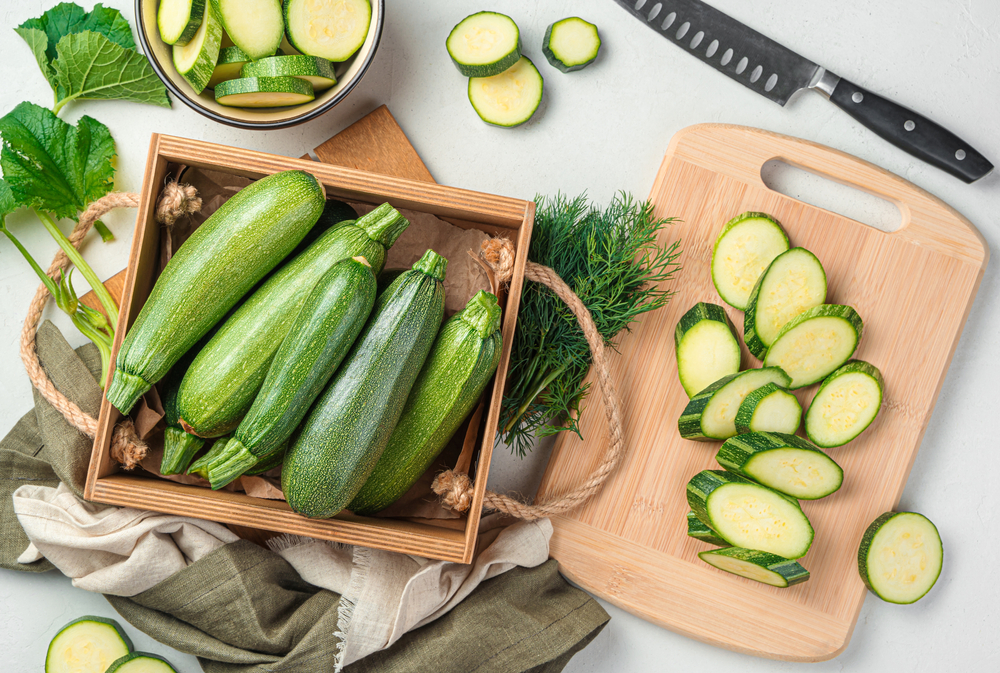
Zucchini can be frozen for baking and cooking. Shred or slice the zucchini, then blanch it briefly before freezing. Portion into freezer bags for easy use. Thawed zucchini is perfect for breads, muffins, and soups. This method helps preserve an abundance of zucchini from the garden. It also saves time in meal prep.
Chocolate
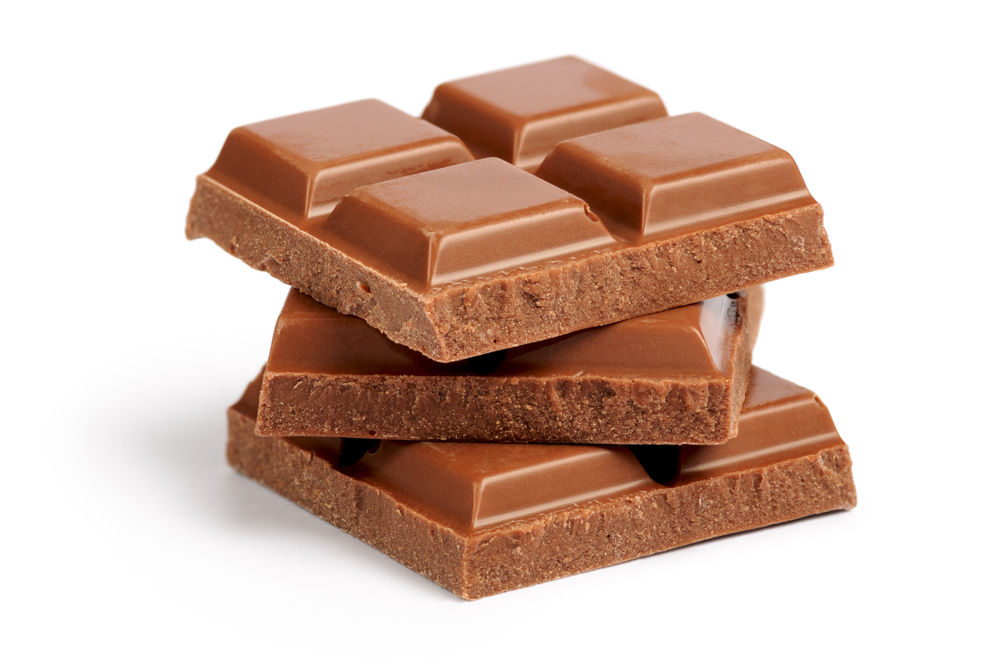
Chocolate can be frozen to extend its shelf life. Wrap chocolate tightly in plastic wrap or aluminum foil, then place it in a freezer bag. Thaw slowly in the refrigerator to prevent condensation. Frozen chocolate is great for baking or snacking. This method helps avoid waste and keeps chocolate fresh. It also ensures you always have chocolate on hand for recipes.
Coffee
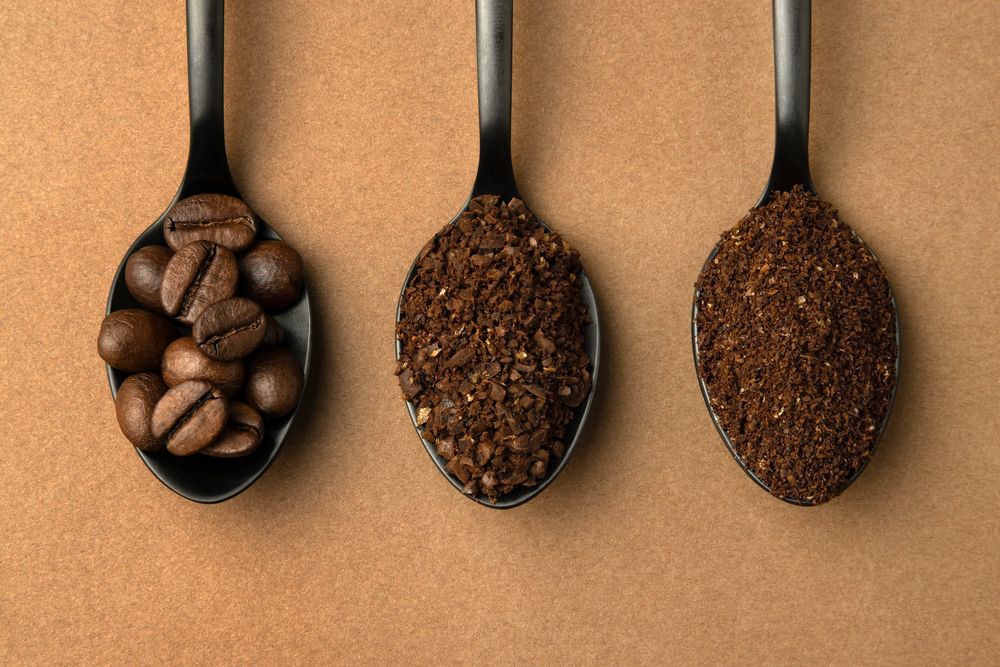
Coffee, both ground and beans, can be frozen to preserve its freshness. Store coffee in airtight containers or freezer bags. Thaw at room temperature before brewing. Frozen coffee retains its flavor and aroma. This method is perfect for extending the shelf life of your favorite coffee. It also helps prevent coffee from going stale.
This article originally appeared on RetailShout
More From RetailShout
16 Simple and Delicious Sheet Pan Dinners
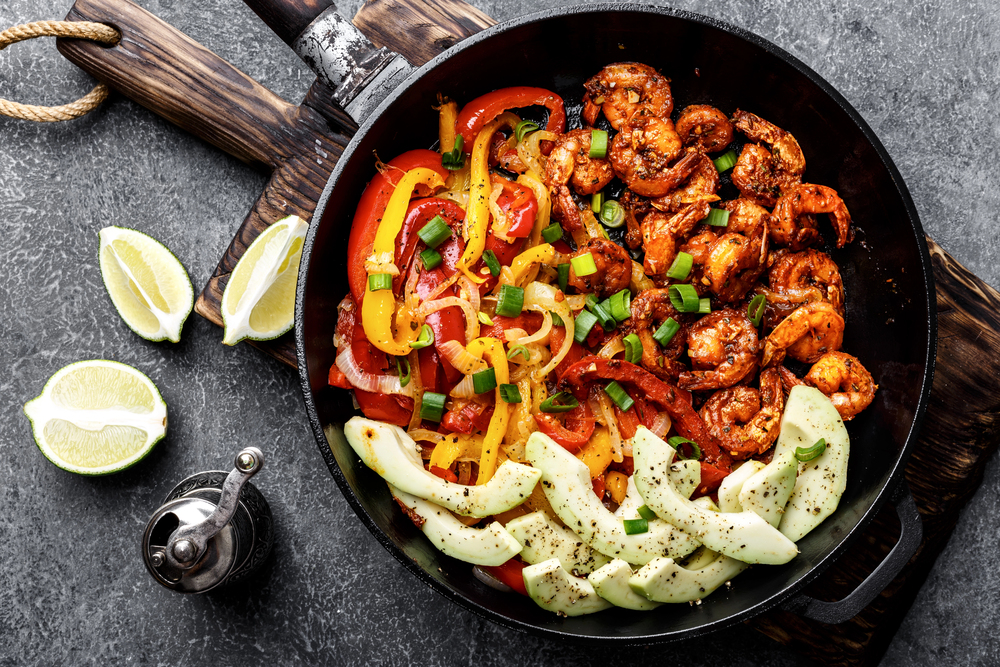
When life gets hectic, there’s nothing better than a sheet pan dinner to make things easier. With just one pan and a handful of ingredients, you can whip up a hearty, satisfying meal that’s full of flavor. Read More.
15 Top Melting Cheeses Recommended by a Chef
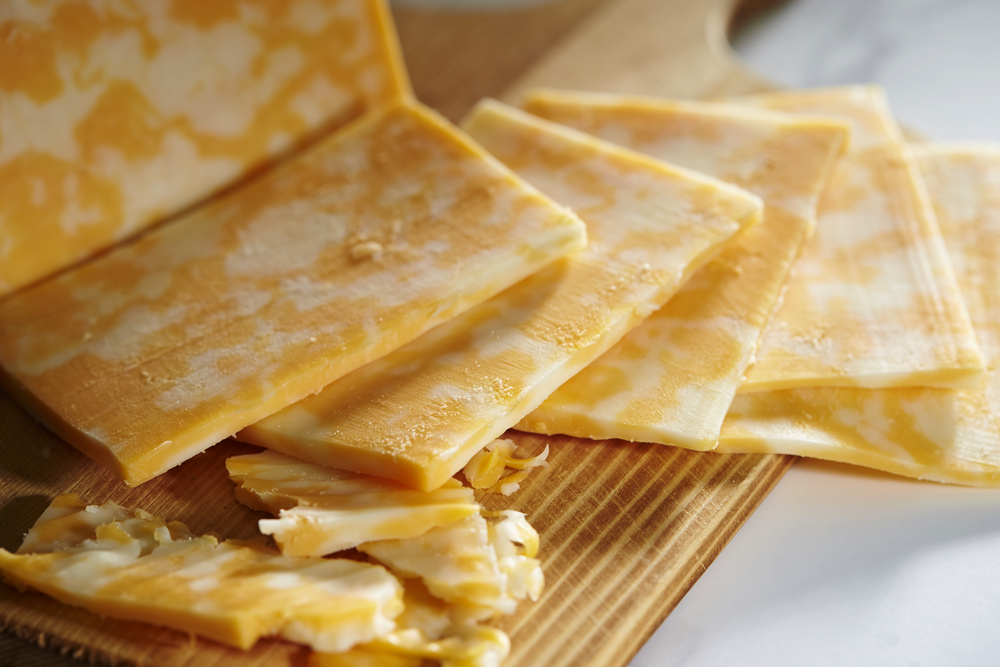
Melting cheese can turn an ordinary meal into something amazing. Whether it’s a gooey grilled cheese, a creamy fondue, or a deliciously cheesy pizza, the right cheese can make all the difference. Read More.
13 Costco Bakery Treats That Are Surprisingly Unhealthy

Walking through the Costco bakery section can be both a delight and a challenge. The aroma of fresh-baked goods is irresistible, and the selection is vast. But, not everything that looks delicious is good for you. Read More.




